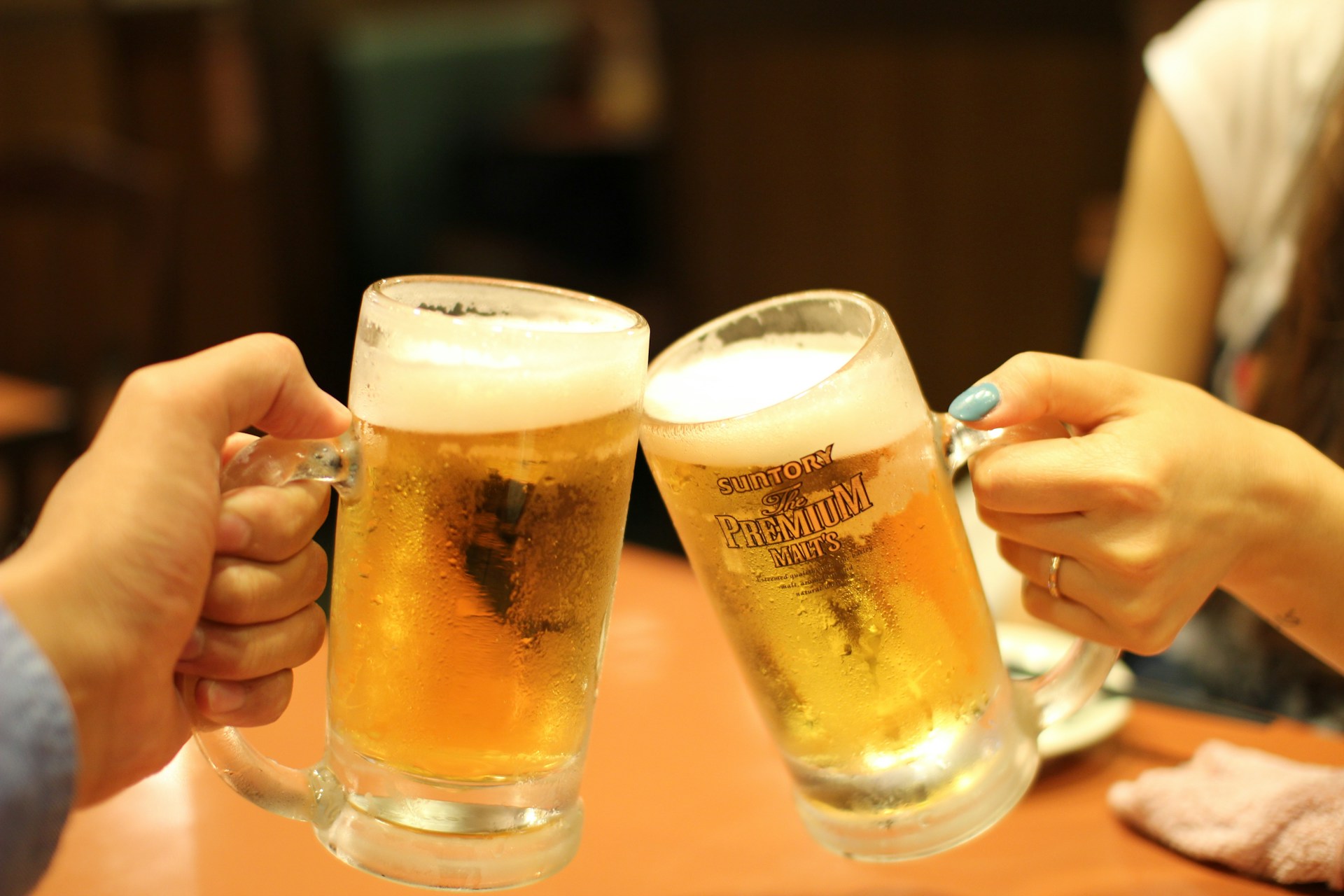Ever found yourself juggling an email, a phone call, and brewing coffee all at once? Many of us pride ourselves on our ability to multitask, especially in today’s fast-paced world. But here’s the million-dollar question: Can we really handle several tasks simultaneously and still be productive, or are we just spinning our wheels?
Let’s dive deep and find out what multitasking really does to our productivity.
Understanding Multitasking
Multitasking isn’t just about doing two things at once. It involves either switching back and forth between tasks or performing them simultaneously. You might think you’re doing just fine flipping between your report and that text message chain, but what’s really happening in your brain?
Here’s the kicker: our brains aren’t designed to handle multiple active tasks at the same level of quality and speed as when focused on one.
The Brain and Multitasking
When you try to do multiple things at once, each task competes for your brain’s attention. The prefrontal cortex, which manages thought processes and focus, can only handle so much. Neuroscience suggests that what we see as multitasking is really task-switching.
This split in focus can cause a cognitive bottleneck, which means tasks can take longer and be completed with more errors than if done sequentially.
The Myth of Effective Multitasking
It might feel productive to tackle several duties at once, but studies have shown that true effectiveness takes a hit.
Multitasking increases the chances of errors—think of a text message sent to the wrong person because you were also trying to listen to a podcast.
Additionally, task-switching can lead to as much as a 40% loss in productivity, according to some researchers. This is a massive dip in efficiency, something you probably can’t afford if you’re aiming for peak performance.
Productivity and Multitasking
So, if the brain struggles with multitasking, what does that mean for our productivity? For tasks that require deep thinking or creative input, multitasking can be particularly devastating. It disrupts our flow, that state where we are most productive and creative.
Each time we switch tasks, there’s a cognitive cost—essentially a tax on our brainpower that leaves us less energy for each subsequent task.
When Multitasking Works
There are, however, certain scenarios where multitasking might seem to work in our favor.
For example, simple or routine tasks that don’t require much cognitive effort can often be combined without too much trouble. Listening to an audiobook while jogging or answering emails during a casual team catch-up are instances where multitasking doesn’t typically lower performance. Understanding which types of tasks can coexist can help you multitask more effectively when absolutely necessary.
Strategies to Improve Multitasking Abilities
While multitasking isn’t always the most efficient way to work, there are ways to improve how you handle multiple tasks without sacrificing quality. First, know your limits; not all tasks are suitable for multitasking.
Practice by starting with tasks that require less cognitive effort and gradually add more complexity. Also, use tools designed to keep you organized—like time management apps or priority lists—that help you switch between tasks more smoothly.
Alternatives to Multitasking
If multitasking isn’t the productivity superhero we once thought, what’s the alternative?
Enter monotasking, also known as single-tasking or deep work. This approach involves focusing on one task at a time, minimizing interruptions, and allocating blocks of time to different activities. It’s about diving deep into what you’re doing, which not only increases your efficiency but also enhances the quality of your work. Implementing a structured schedule and setting clear priorities can be far more beneficial than trying to juggle multiple tasks at once.
So, can we truly multitask and remain productive? While there are instances where multitasking is unavoidable or minimally harmful, the evidence suggests that for most important and complex tasks, focusing on one thing at a time leads to better outcomes. It’s worth evaluating your own work habits and considering whether shifting towards more single-tasking could enhance your productivity and reduce stress.
Remember, it’s not about how many tasks you can handle at once, but how well you can execute each task that counts.















